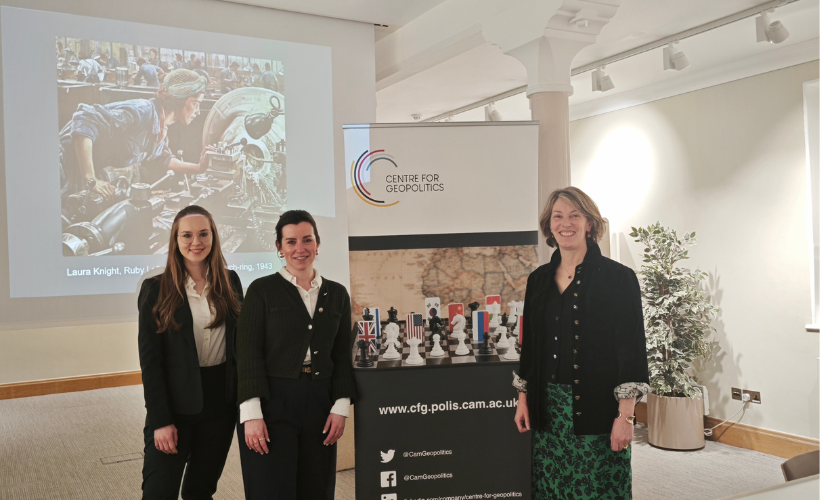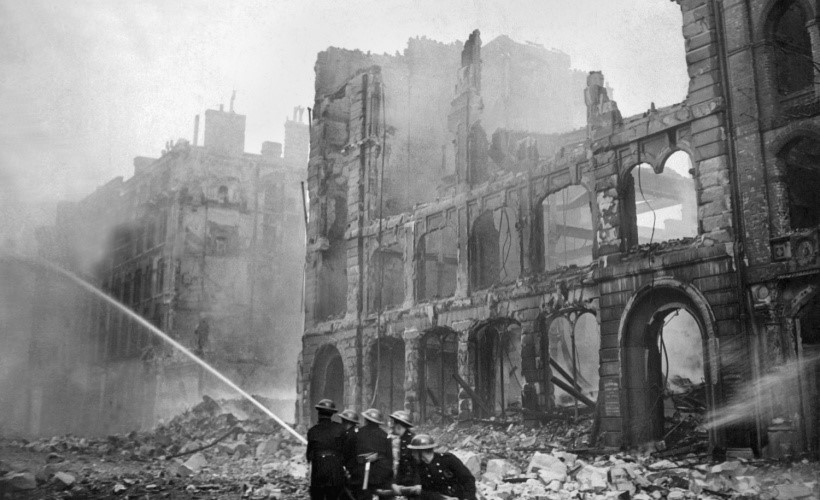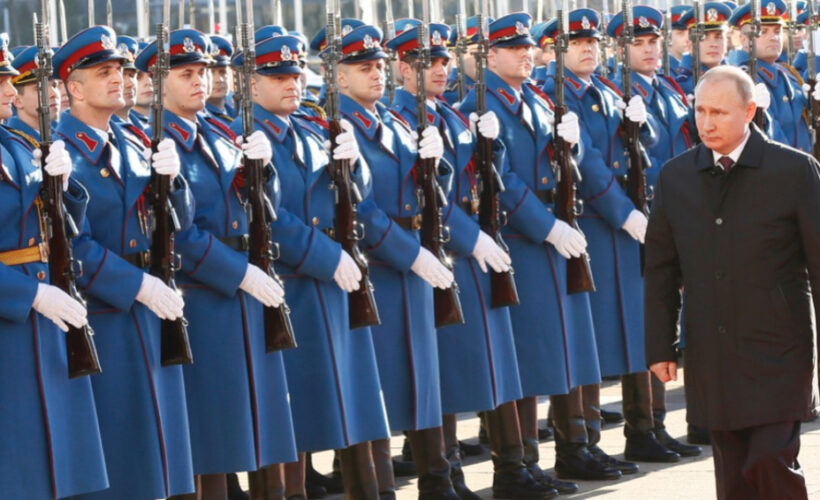By David Cowan
On 24 November, Professor Brendan Simms and Dr Charlie Laderman discussed their new book ‘Hitler’s American Gamble: Pearl Harbor and the German March to Global War’ in conversation with the prominent television presenter and historian Jonathan Dimbleby. Over the course of an hour-long webinar, the panelists examined the five critical days between the attack on Pearl Harbor by Imperial Japan and the declaration of war against the United States by Nazi Germany.
Professor Simms and Dr Laderman brought their respective expertise on Adolf Hitler, Winston Churchill, and Franklin Roosevelt to weave a blow-by-blow narrative of this critical turning point in the Second World War. These world leaders, alongside Joseph Stalin and the Imperial Japanese military, had to consider the strategic implications of Pearl Harbor in addition to public opinion at home and their view of how other powers would react. The limitations on their knowledge and the decisions made as a result would shape the series of events that followed during those five days.
At the heart of the book and the discussion around it is the contingent nature of history. To modern readers, who have the benefit of hindsight, the United States’ entry into the war appears to be inevitable after the Pearl Harbor attack. Hitler’s decision to declare war is seen as an obvious strategic blunder that would seal the fate of the Nazi regime. None of this was the case for decision makers in 1941. No one was sure of which way the tide would flow and how it would shape the future. Hitler admitted as much to the Japanese ambassador to Germany, saying that he had no firm plan to defeat the United States.
Another concern of the discussion was how belligerent powers behave in their pursuit of power on the international stage. For Professor Simms and Dr Laderman, Hitler declared war when he did to have the United States formally involved in the war at a time of his own choosing, in contrast to the 1917 declaration of war by Woodrow Wilson. With a shrinking window of opportunity, Hitler made a calculation with limited options available to him. With the United States entering the war and focused on the threat of Imperial Japan in the Pacific, Hitler could carry on his campaign against Russia to secure lebensraum, providing the raw materials he would need to ultimately defeat the Anglo-American alliance.
As far as Hitler was concerned, the US had been hostile to Nazi Germany ever since Roosevelt’s 1937 ‘Quarantine Speech’ and had already been heavily involved in the war through the introduction of Lend-Lease for Britain and the signing of the Atlantic Charter, which explicitly set out a future for the international order in a world after the defeat of Nazi Germany. However, Roosevelt had been proceeding cautiously. Even after the Pearl Harbor attack, isolationists and the America First movement argued against declaring war on Germany, wanting to focus on retaliating against Imperial Japan. Hitler’s rush to declare war would actually help strengthen Roosevelt’s hand at home, allowing him to lead a united nation into another world war and tip the balance in favour of the allies and against the axis powers.







